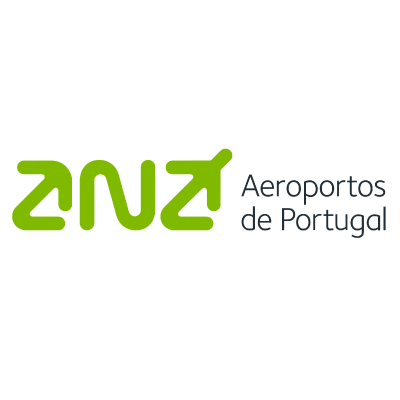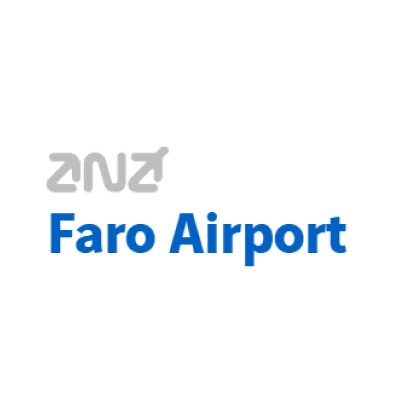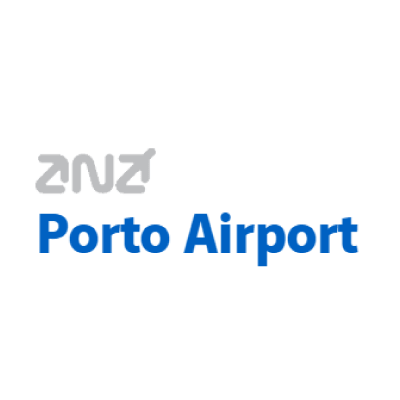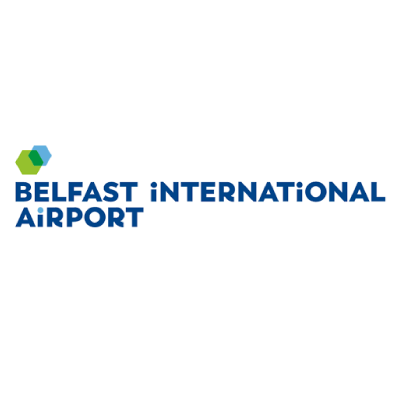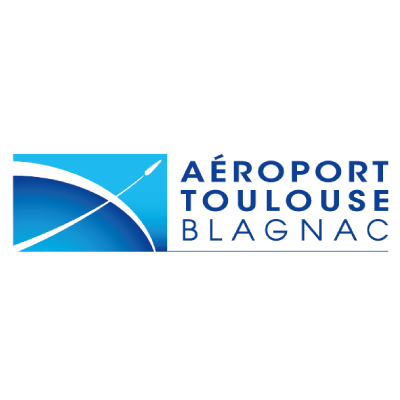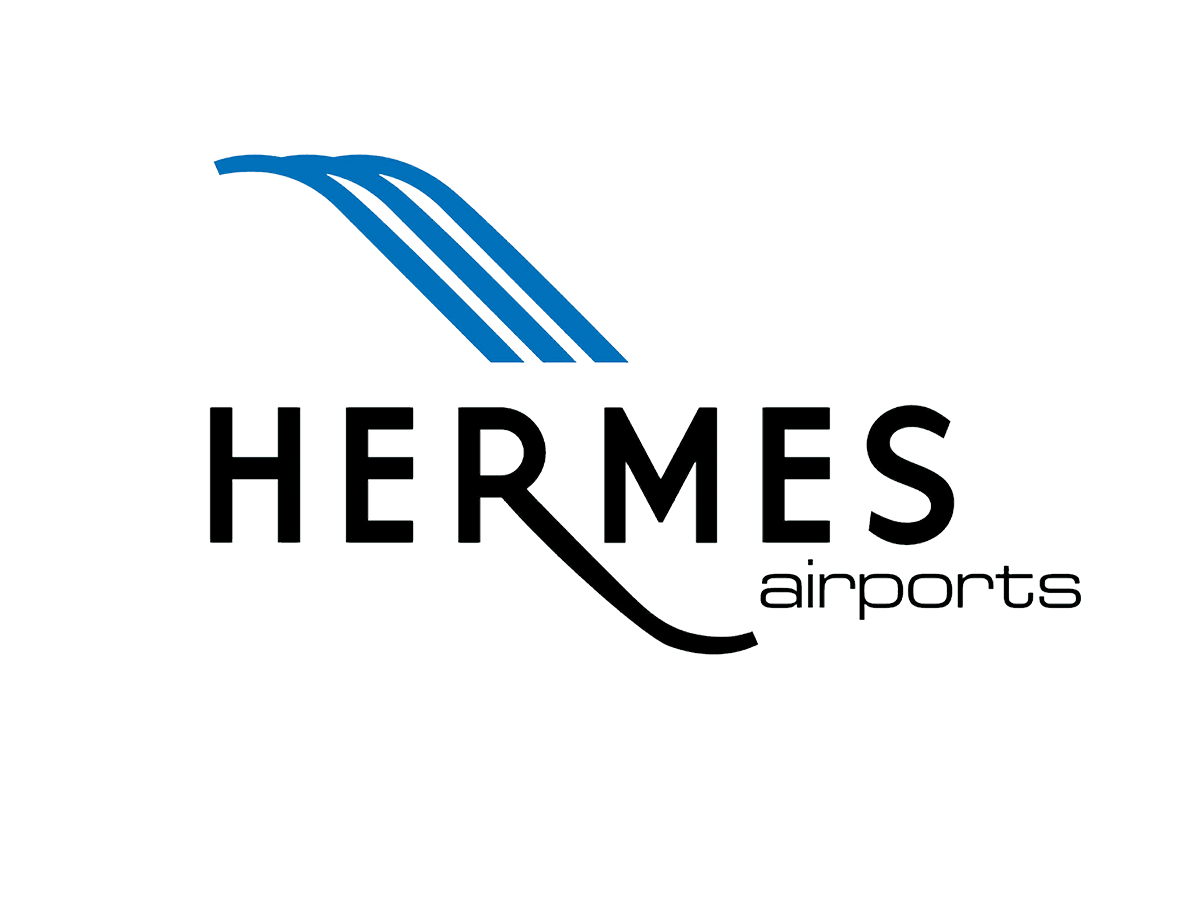Email marketing remains the primary driver of customer acquisition and retention for airports and across associated industries. Despite the image-centric glitz and popularity of social platforms like Instagram, Facebook and Twitter, 81% of SMBs still use email as their primary customer acquisition channel and 80% use it to retain existing customers.
Email is simply better than organic search, paid search and social media when it comes to creating direct impact and reach. Its success is due in part to its versatility. As trends for online shopping, checkout and website/app design fluctuate and evolve, email can adapt accordingly to respond to customer expectations and demand.
Email also offers travel businesses the perfect chance to capitalise on the fact that the Internet is becoming a comfortable, trusted place to shop for high-value goods and services. According to travelweekly.co.uk, 70% of holidays cost more than £1,500 and three in every ten getaways cost over £2,500. It’s no surprise that 60% of people say that their holiday is the most expensive purchase they have made online. Yet consumer confidence is such that global online travel sales totalled 564.87 billion U.S dollars in 2016. By 2019 that figure is projected to grow to 755.94 billion U.S dollars. Nine out of ten people research a holiday online before booking, and 80% will book their entire trip over the Internet.
In 2019, travel customers will be expecting email to be better than ever before; more relevant to them, more focused on their desires and demands and anticipating their needs and concerns. And with the likelihood of January blues just around the corner, they will appreciate something to look forward to. It’s the perfect time to review your airport’s email marketing strategy for the New Year.
Focus on the customer
Although every customer is different, every customer journey follows the same path.
Dreaming moments – when the customer explores options and fantasises about the perfect holiday. Offer content that inspires, informs and educates. If location is the driver, generate interest in destinations through local insights. When price is the customer’s biggest consideration, your email can focus on deals and best-value offers.
Planning moments – the customer has narrowed down the options and is now looking into the practicalities, such as finding the right flight at the right price. This is when you can present special offers to win the booking and, where necessary, keep the customer engaged with cart abandonment emails.
Booking moments – the passenger is ready to confirm the booking. The decision is made. At this point consider adding value with up-sell and cross-sell products and ancillary services such as lounge, fast track, baggage allowance and parking. Make sure all the information relevant to the journey is easily available and the booking confirmation and terms are clear. Any transactional (booking) emails should convey all the necessary information. They can also be used to up-sell, cross-sell or offer other promotional messages.
Experiencing moments – the days immediately before departure are perfect for building relationships with the customer. Welcome the customer, generate expectations about the trip, offer support in case of any questions and ask for feedback.
Dreaming (again) moments – the customer’s trip is over but your relationship with that customer is not. Fresh from holiday, the chances are they are already thinking about going away again. Now is the time to introduce loyalty programmes, ask for referrals in exchange for rewards and introduce your customer to new exciting new routes, destinations and airport concessions.
Five Steps to Email Marketing Success
1. Be personal
According to research by Evergage, 98% of marketers agree that personalisation helps to grow customer relationships, 74% say it has a “strong” or “extreme” impact, and 88% confirm that their customers and prospects expect a personalised experience.
Personalisation is more than just including a ‘Dear {first_name}’ at the top of your newsletter. Customers want tailored product recommendations and deals, and this means using digital solutions to optimise marketing automation and profile real-time customer data.
An industry-specific integrated CRM software allows you to customise emails using a workflow that fits in with a customer’s activity on your airport website. The abandoned cart email is a good example of this, but you can go much further. For example, if a visitor is logged in to your site and searches for beach holidays, you can send them a personalised email that says, “We noticed you were searching for beach holidays and we have the perfect destination for you.”
2. Be relevant
Customers aren’t interested in basic personalisation. They want information that’s relevant and helpful to them. After all, today’s customer knows you have enough data to understand their needs. In fact, a SalesForce study of over 7,000 customers found that 57% of consumers are willing to share personal data in exchange for personalised offers or discounts, 52% would share their data in exchange for product recommendations, and 53% for personalised shopping experiences. In 62% of customers, the desire for personalisation has morphed into expectation. Consumers now expect companies to send tailored offers and discounts based on their purchase and search history.
With an integrated CRM e-commerce solution like Rezcomm Engage, you can provide relevance by using customer demographics. A customer’s age range may dictate the tone of your email. You can also use data to segment your customers according to their behaviour and preferences, or to help your customer through the booking funnel.
Segmentation can go deeper than you think. Often companies send the same emails to all their subscribers, personalising some elements but leaving the body of the message the same. This lack of relevance lowers open rates and increases the numbers of customers who unsubscribe, whereas research has show that segmented emails generate 18 times more revenue and have a 5% higher click-through rate than a single-content broadcast email. Personalise by gender, add dynamic content blocks and involve the customer in a conversation about their needs and preferences. In this way you’ll not only grow revenue for your airport, you’ll build a loyal base of satisfied customers too.
3. Be time-sensitive
Most customers procrastinate, especially when it comes to big decisions. hey like to search around for the best deal, sleep on it and be sure they’re making the right decision.
Integrated e-commerce elements within airport websites has made flight booking incredibly convenient, but it’s also easy to put off until later. It’s much easier to walk away from a computer or mobile device than it is from a sales assistant, and there are many more distractions in the digital world than there might be in a travel agent’s office. This is where it’s easy to lose the customer interest and motivation to buy.
The best way around this is to offer incentives for customers to buy ‘today’. Send emails that create a sense of urgency or scarcity. These messages encourage the recipient to open the email and click through to your airport’s flight booking page. By adding relevant, personalised content and offering a special price for ‘today only’ it will be tough for the customer to resist your email.
You can make scarcity even more appealing with ‘social proof’. By telling customers that you are running out of discount codes because an offer is so popular, you create shortage, which is likely to get them interested enough to convert.
4. Be aware
It’s important to aim your marketing at those customers who are genuinely interested in what you have to offer. The first (and hopefully obvious) consideration is that you should only send emails to people who have actively signed up to your mailing list, in line with GDPR.
However, even among those who have opted in there will be people who won’t ever open your emails. If you repeatedly send emails to those people it can adversely affect your email open and engagement rates and even cause some email services to mark them as spam. With an integrated CRM and marketing solution like Rezcomm Engage, it’s easy to spot which subscribers are engaged, and which aren’t. You can limit the number of messages you send to customers who don’t engage, or you can opt for a re-engagement workflow to bring people back on board.
5. Be scientific
If you have a solid email strategy but still feel your marketing could be more effective, it’s a good idea to analyse why things aren’t working. For example, if your emails have poor open rates you might decide to explore different subject lines. There are no fixed rules that guarantee a successful campaign, and an email marketing strategy that succeeds in terms of both revenue and customer engagement can only be formulated by repeated and ongoing testing.
However, this process can become markedly more efficient and accurate with the use of CRM and marketing software like Rezcomm Engage. Advanced back-end reporting functions allow you to easily spot which campaigns (or if you’re A/B testing, which elements of a campaign) are creating the most engagement. This gives clear information about your subscribers’ behaviour, making it easy to design effective campaigns that your subscribers are happy to receive.
Working with a partner like Rezcomm also has distinct advantages when it comes to staying clued up on real-time, relevant industry stats. Rezcomm partners with airports worldwide and this gives its internal IT lab access to booking behaviours, shopping trends and demographics of a quarter-of-a-billion passengers.
Read our post The Best Time to Send Emails (Based on Airport Industry Study Results) for an insight into the depth of data that’s available.
It’s time to hit ‘send’
The best marketing email reaches the right person at the right time and communicates relevant, engaging information, convincing the recipient to make a booking today, not tomorrow.
Rezcomm’s integrated flight booking e-commerce, CRM and email marketing solution can take the hard work out of this process and ensure your airport’s customers become brand-loyal, happy travellers.
If you would like to know more about Engage or to hear about how Rezcomm can help grow your airport’s email marketing, contact the team today!
